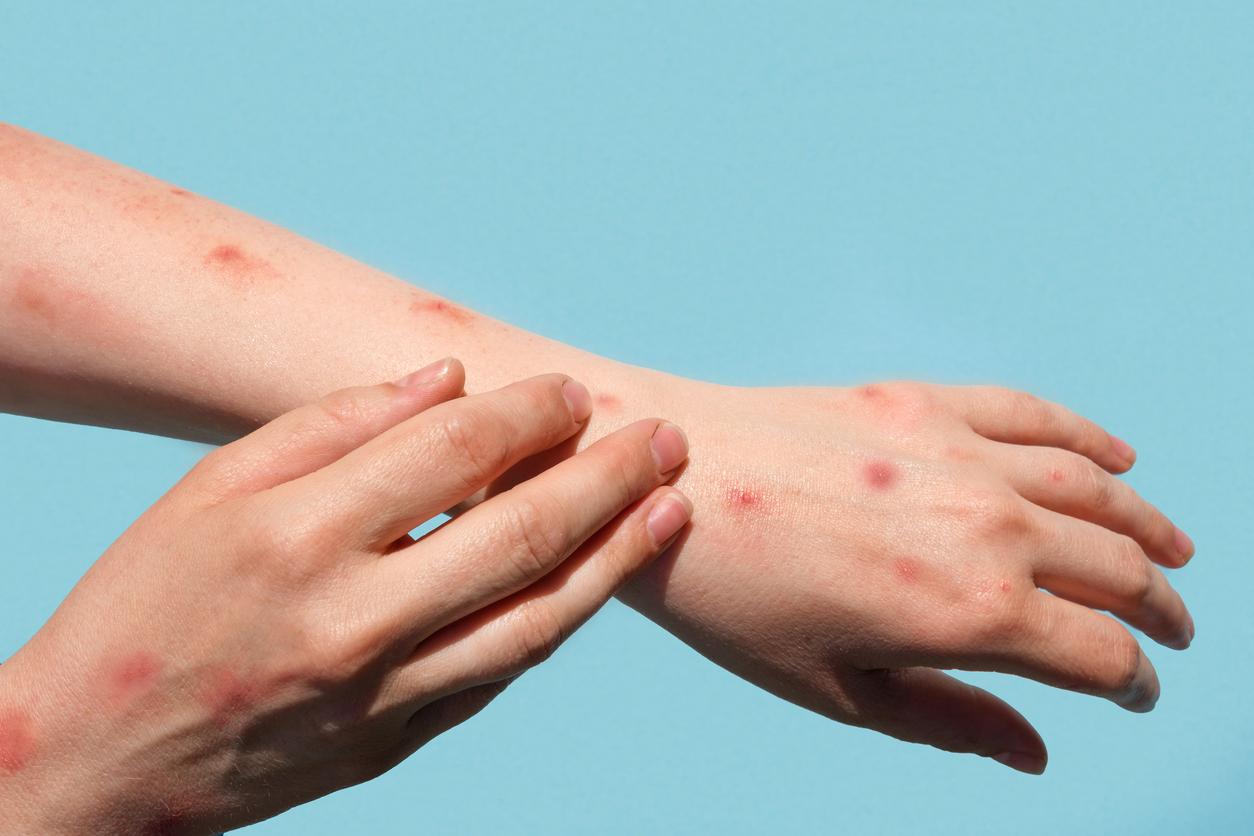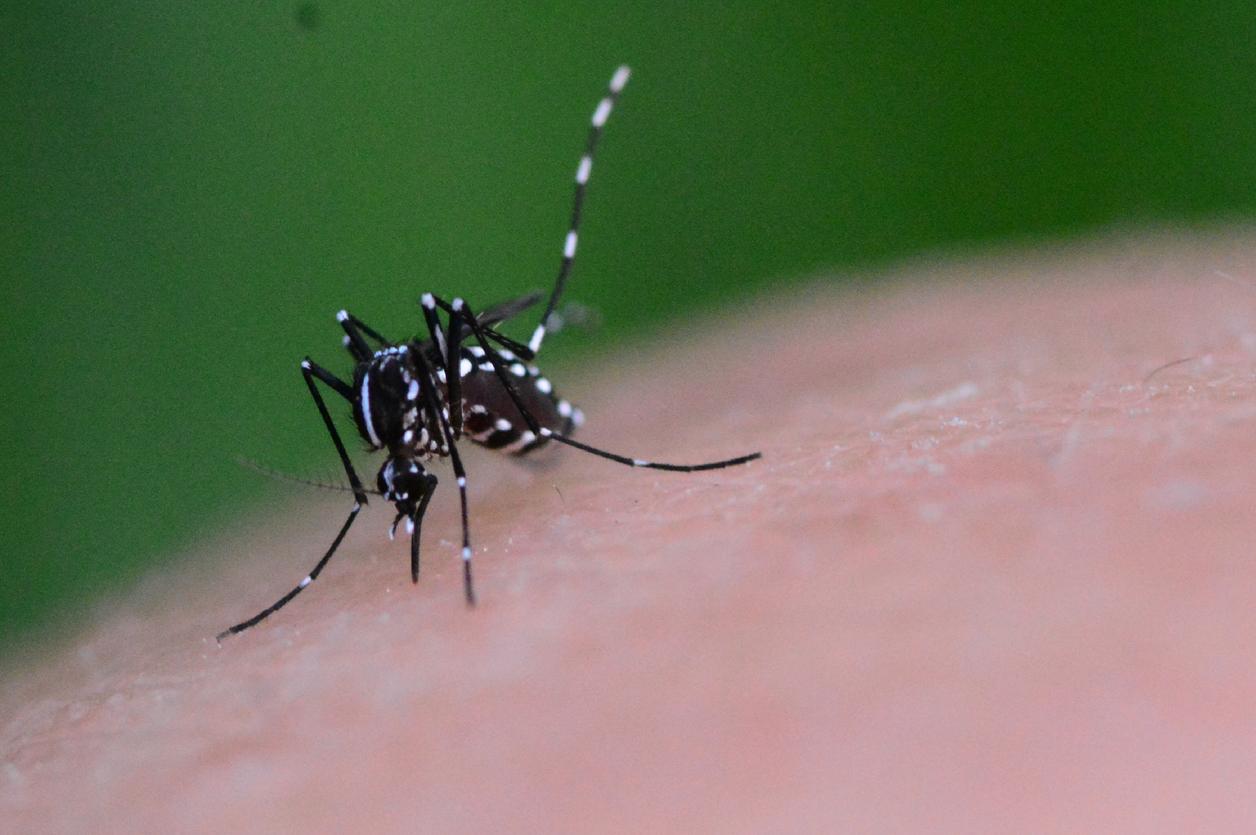On the occasion of its annual conference, the French Federation of Allergology lists the pollutants, favoring the increase in the prevalence and severity of allergies, and gives advice for improving the quality of indoor and outdoor air.

- In France, 18 million people suffer from respiratory allergies.
- Ultrafine particles, which penetrate the pulmonary alveoli and have a significant inflammatory power, are the cause of heart, respiratory and metabolic diseases.
- “We spend 90% of our time in closed accommodation. In total, there are 5,000 indoor pollutants”, according to Isabella Annesi-Maesano, professor of environmental epidemiology.
Classified by the World Health Organization (WHO) as the world’s fourth most chronic disease, respiratory allergies currently affect 18 million people in France. According to the health authority, 50% of the population will be affected in 2050. To prevent the development of allergies, it is necessary to fight against the factors favoring this dysregulation of the immune system. Among them, we find the loss of biodiversity, our food consumption habits or the degradation of the environment. Another cause: so-called “chronic” pollution. “Bathing in a cocktail of pollutants affects and damages the organs. We now know that air pollution contributes to the development of asthma”, points out Isabella Annesi-Maesano, professor of environmental epidemiology.
Outdoor air pollution: ultrafine particles responsible for respiratory diseases
During the annual conference of the French Federation of Allergology, on March 9, she recalls the sources of outdoor air pollution: “transport, agriculture (spreading, tillage), housing (heating) or even natural disasters (fire, volcanic eruption)”. According to the expert, cardiac, respiratory and metabolic pathologies occur due to the inhalation of ultrafine particles. “The latter penetrate the alveoli and end up in the blood. They have a significant inflammatory power. When pregnant women inhale these particles, this has consequences for the fetus, which will be more at risk of suffering from a chronic disease. later.”
To improve outdoor air quality, low mobility emission zones have been set up in several French cities. These limit the circulation of the most polluting vehicles. “Old cars are the most harmful to health. They belong to people with low incomes, who are most often victims of health problems”, declares Claire Pitollat, MP for Bouches-du-Rhône, member of the National Assembly’s Sustainable Development and Regional Planning Committee. “We can’t tell people to buy new cars, if we don’t offer them other means of mobility”, adds Françoise Schaetzel, municipal councilor in charge of air quality and environmental health at Strasbourg town hall.
Air quality: “there are 5,000 indoor pollutants”
According to Isabella Annesi-Maesano, indoor air pollution is, like outdoor air pollution, responsible for the constant increase in respiratory allergies. “We spend 90% of our time in closed accommodation, for example a school, the premises of a company or our house. In total, there are 5,000 indoor pollutants”, she continues. The list of sources of indoor air pollution includes combustion (tobacco, gas cooker, heating), fittings (paint, carpet, PVC floors), outdoor pollutants entering homes, biological pollutants (cat or dog hair, dust mites, people carrying a virus) and volatile organic compounds (VOC) (benzene, acetone, perchlorethylene) which are classified as carcinogenic.
In order to help people with allergies to exclude or limit contact with these allergenic substances in their living environment, Martine OTT, indoor environment medical advisor, goes to patients’ homes or workplaces after a doctor has made a diagnosis of a respiratory pathology linked to an indoor environmental pollutant, for example asthma, cystic fibrosis, chronic cough, COPD. She gives them advice that allows them to modify their environment or change their habits. “I remind you that you must ventilate your home often, do not block the air inlets, use less irritating cleaning products, an anti-mite cover for the mattresses, a washable floor covering, stop smoking at home or stop using home fragrances”, explains the adviser.


















